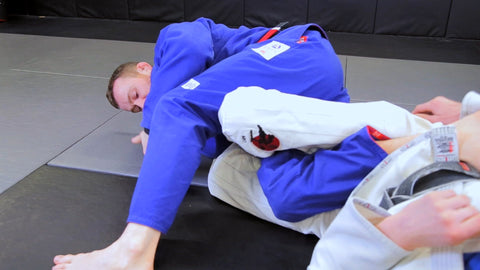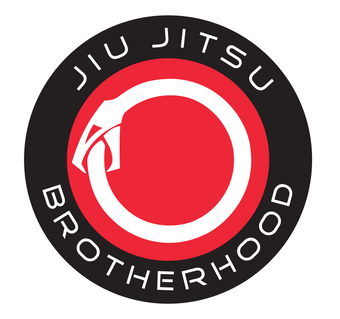This article was written by Oli Geddes, a 2nd-degree Black Belt under Roger Gracie.
When I started training jiu jitsu in 2005, there wasn’t really a great deal of discussion or innovation in the area of lower body attacks. There were definitely none of the complex setups and interactions that you see nowadays. I attempted some straight ankle locks in the Gi at blue belt, and they worked occasionally but failed more often than not. They were much like guillotines at the time - I would grab the thing I wanted to attack, then I would lean back and pull really hard. Sometimes I had the bite that I needed, and it worked, sometimes I didn’t, and they would escape. It was a good route to go from top position to bottom position when I was uncomfortable in my opponent’s guard and figured I would get swept before too long, and I might even get an advantage for my attack. But overall, it was far from the main component of my game. Hardly even justified in calling it a component at all.
I started to get into footlocks at brown belt when one of my instructors at the time, Lucio ‘Lagarto’ Rodrigues, showed one of his favourite positions: the ‘Lagarto’ guard. These days it would probably be called overhook X guard, but it was basically X guard with a footlock grip on your opponent’s ankle rather than their leg on your shoulder. What this allowed me to do was to start attempting footlock attacks and transitions from the bottom position and, most importantly, it gave me time to think about what I was doing and what I was trying to set up.

I was usually hunting for the finish whilst also worrying about my opponent standing, reversing the position and escaping, whereas if I was on the bottom, I could take my time knocking them down, even letting them get up again if I had to until I felt I had the control or the angle to pursue the finish.
As a half-guard player, this was also huge because it allowed me to explore a whole different approach to attacking. The traditional half-guard route is somewhat direct - you are fighting for underhooks, trying to win an upper-body battle for positioning whilst your legs are controlling and manipulating their legs wherever possible. Sometimes you might be working a few overhook attacks, such as triangles, omoplatas, maybe butterfly sweeps. But in general, their legs were a long way away from you and their upper body very close. Adding in the footlock element allowed me to turn that situation on its head. I could suddenly be attacking their legs, forcing them to completely change their approach to passing and worry about a whole new set of threats than they had to deal with just seconds earlier. The problem was how to actually connect the two approaches.
When I first learned ‘Lagarto’ guard, it tended to begin as a spider guard variation, with the entries coming from traditional sleeve control, forcing the opponent to stand or step forwards and then occupying the space underneath them. This was significantly harder from half-guard. While it is certainly possible to place a foot in your opponent’s bicep from a relatively long distance half-guard, it tends to be challenging to create that much space on a competent opponent once the distance has been closed. So I had to find another way. The element that made everything click was the shin-to-shin guard. Anytime an opponent would create even a little bit of space by moving up into combat base or retreating I would have the opportunity to transition to shin-to-shin, unbalance them and enter into footlock guard, overhook X, or any of the footlock positions as they were recovering their base.

The last thing that took my finishing potential to the next level was the outside hook positioning of the legs. I first learned it as the ‘Serbian Footlock’, and later as an alternative attack from the Estima lock, but it’s probably most commonly seen in modern jiu jitsu with Mikey Musumeci and his incredibly dangerous straight footlock attack. At the time it wasn’t super common, but there were two things that I found made it significantly more effective than the traditional positioning: firstly, it gave me control over the direction of my opponent’s knee and with it control over their leg as a whole. Secondly, by sliding a little further down the leg than the traditional heel on hip position, I could extend my own body so much further, allowing me to tip the scales from a footlock that was painful to one that was threatening genuine joint damage. Mikey’s success with the position in the lightest weight classes, where almost every competitor is exceptionally flexible and very experienced in defending their feet, serves to demonstrate the power this variation adds.
That was my path, and it was made up of a whole series of smaller things that eventually coalesced into a system where each element supported the other parts. A single tweak to a technique can enable so many options in jiu jitsu, opening up new paths and variations that branch off in so many more directions. I expect at some point in the future I will see something else in competition or an instructional that makes me rethink the path I have now, whether it’s the entry, the control methods, the finish or even something else. That’s what jiu jitsu is all about though - constant evolution, and asking yourself every day whether what you’re doing is the best route to your goal.










1 comment
Interesting… as an 83 year old I’ll leave the application to you Oli. But as a has been Aikido practitioner and an ancient ex judo man I loved reading the article. Cheers.